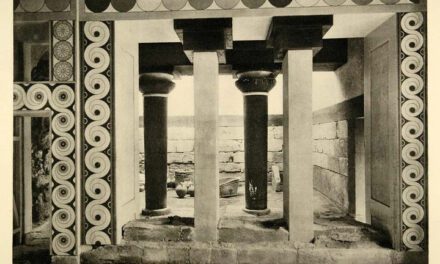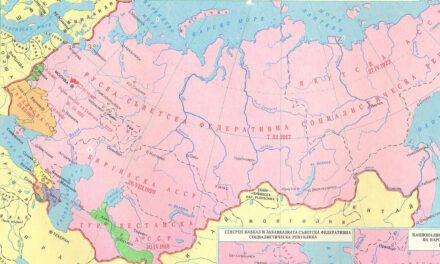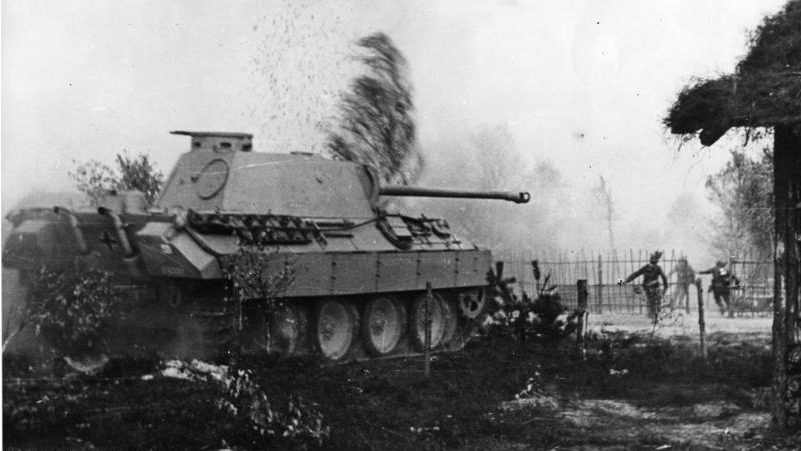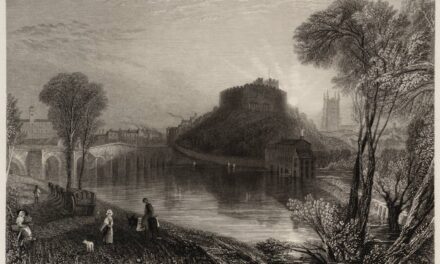History Guild General History Quiz 90
See how your history knowledge stacks up!
Want to know more about any of the questions? Once you’ve finished the quiz click here to learn more.
Have an idea for a question? Suggest it here and we’ll include it in a future quiz!
The stories behind the questions
1. When did the English monarchy cease to claim that they were also the monarch’s of France?
1801 – Henry VI of England was the only English monarch who was also crowned a monarch of France, as Henry II of France in 1431. The English monarchy held lands in France until 1558, when they lost Calais, their last French possession. The English only relinquished their claim to the French crown in 1801, after the French monarchy had been deposed in the French revolution.
2. In which year did Captain James Cook die?
1779 – While Cook’s ship the HMS Resolution was anchored in Kealakekua Bay, Hawaii, one of its longboats was stolen by the Hawaiians. Cook lead a party of Royal Marines and sailors to attempt to kidnap the ruling Chief, Kalaniʻōpuʻu. This provoked an angry response from the Chief’s son Kanaʻina. Cook struck Kanaʻina with the broad (flat) side of his sword. Kanaʻina pushed Cook, who fell to the sand. As Cook attempted to get up, Nuaa, the Chief’s personal attendant, lunged at him and fatally stabbed him in the chest with a metal dagger, obtained by trade from Cook’s ship during the same visit. Cook fell with his face in the water. This caused a violent, close-quarters melee between the townspeople and Cook’s men. Four of the Royal Marines were killed and two were wounded, the remaining sailors and marines, continued to fire as they retreated to their small boat and rowed back to their ship.
3. Where in Britain did Viking raiders first attack?
Lindisfarne – In 793, a Viking raid on Lindisfarne caused much consternation throughout the Christian west, and is now often taken as the beginning of the Viking Age. During the attack many of the monks were killed, or captured and enslaved.
4. Which of the following people advocated for temperance or the prohibition of alcohol?
Leo Tolstoy – Tolstoy gave up alcoholic drinks after learning about the American Temperance Movement and he tried to have its principles accepted in Russia. He was particularly opposed to the Russian dependence on vodka taxes, which saw the government encouraging the populace to drink heavily.
5. Who was the last of the Plantagenet Kings?
Richard III – Richard III was the last king of the House of York and the last of the Plantagenet dynasty. He was defeated and killed at the Battle of Bosworth Field, the last decisive battle of the Wars of the Roses.
6. When was the ‘White Australia Policy’ repealed?
1973 – In 1973 the Whitlam Labor government definitively renounced the White Australia policy. In its place it established a policy of multiculturalism. It implemented a series of amendments preventing the enforcement of racial aspects of the immigration law. These amendments:
- Legislated that all migrants, regardless of origin, be eligible to obtain citizenship after three years of permanent residence.
- Ratified all international agreements relating to immigration and race.
- Issued policy to totally disregard race as a factor in selecting migrants.
The Racial Discrimination Act 1975 made the use of racial criteria for any official purpose illegal.
7. In which conflict did Florence Nightingale campaign to improve medical and nursing standards?
The Crimean War – Nightingale came to prominence while serving as a manager and trainer of nurses during the Crimean War, in which she organised care for wounded soldiers at Constantinople. In 1860, she laid the foundation of professional nursing with the establishment of her nursing school at St Thomas’ Hospital in London. It was the first secular nursing school in the world, and is now part of King’s College London.
8. In which crusade did the European Crusaders capture Jerusalem?
First Crusade – Beginning in 1096 the first crusade culminated in the capture of Jerusalem in 1099. This then lead to the formation of the first four crusader states, the Kingdom of Jerusalem, the County of Edessa, the Principality of Antioch, and the County of Tripoli. The crusaders remained in the region in some form until the Siege of Acre in 1291.
9. Who lead Nazi Germany after Adolf Hitler committed suicide?
Karl Dönitz – Hitler appointed the head of the German navy, Admiral Karl Dönitz, as his heir and president of Germany. He passed over party leaders like Heinrich Himmler and Herman Göring, who were seen as traitors for having tested the possibility of surrender to the Americans and the British. Dönitz formed a government and immediately started negotiating with the Allies. He tried to secure some concessions, but his weak position meant that he ultimately had to accept unconditional surrender on the 8th of May, only a week after he took power.
10. What were the pyramidal stepped towers created in Mesopotamia between 2000 BCE and 500 BCE called?
Ziggurats – a type of massive structure built in ancient Mesopotamia of mud bricks. They could be over 50 metres high. The Sumerians believed that the Gods lived in the temple at the top of the Ziggurats, so only priests and other highly respected individuals could enter.





